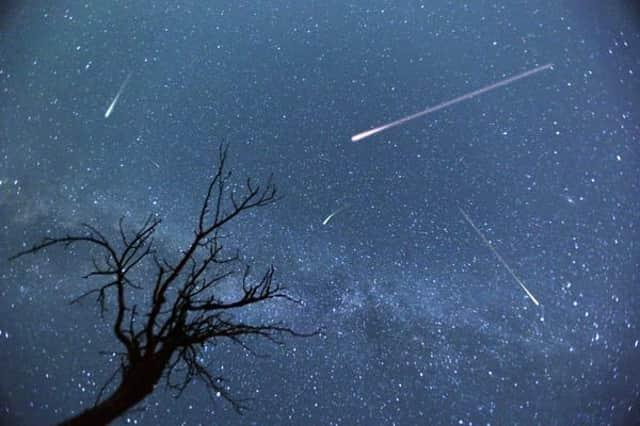The Taurid meteor shower will peak on Bonfire Night - this is how to see it


The skies will be lit up on Tuesday (5 Nov), with an abundance of colourful fireworks forming Bonfire Night celebrations.
But it won’t just be fireworks that you’ll see, as the Taurid meteor shower is set to peak above the UK on Bonfire Night.
What are the Taurids?


Advertisement
Hide AdAdvertisement
Hide AdThe Taurids are an annual meteor shower named after the bull constellation, Taurus, which run from from 7 September to 10 December.
The meteor displays are separated into two showers, named the Southern Taurids and the Northern Taurids.
The National Space Centre website explains that “despite the low numbers, the Taurids are worth staying up for. They’re known to produce the occasional ‘fireball‘, or exceptionally bright meteor, streaking across the sky.”
The Taurids stem from Comet Encke, which is a short-term periodic comet that orbits the sun around once every 3.3 years.
Advertisement
Hide AdAdvertisement
Hide AdHowever, this year the shower is set to peak in the UK on 5 November, which just so happens to coincide with Bonfire Night, producing around five to 10 meteors an hour.
Royal Greenwich Museum (RGM) explains that “meteor showers are caused when the earth travels through a cloud of cometary debris.
“In this case, the Taurid meteor shower is caused by the earth ploughing through debris left behind by Comet Encke.”
It won’t just be fireworks that you’ll see, as the Taurid meteor shower is set to peak above the UK on Bonfire Night (Photo: Shutterstock)
How can I see the meteor shower?
Advertisement
Hide AdAdvertisement
Hide AdThe National Space Centre website explains that in order to view the Taurids from the UK, you should head outside anytime after midnight, as by this time the moon will have set and the sky will be dark.
“The darker the location the better, so find the darkest sky you can away from city lights.Look up, and keep an eye on the whole sky,” adds the National Space Centre.
The First Quarter Moon, also often called a Half Moon because we can see exactly half of the Moon's surface illuminated, is also expected to set shortly after midnight, which will leave the sky dark - providing the perfect backdrop for a meteor shower.
This article was originally published on our sister site, Edinburgh Evening News.